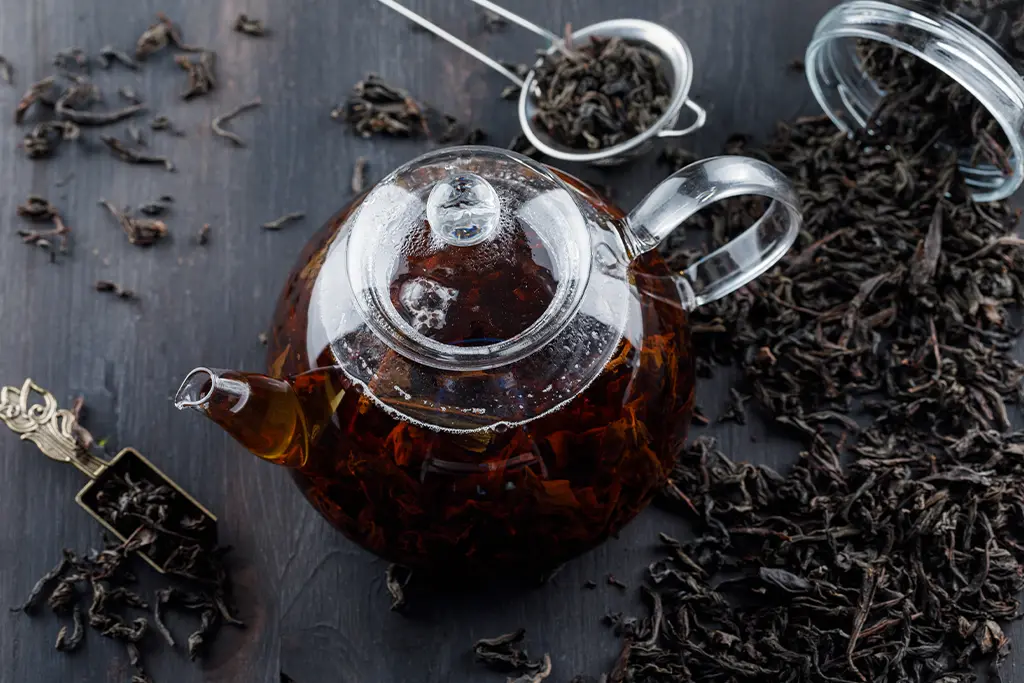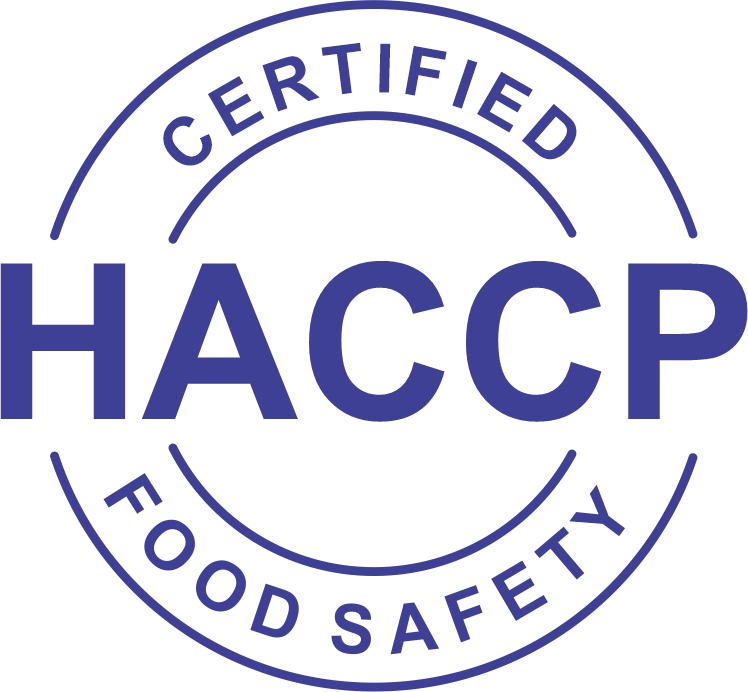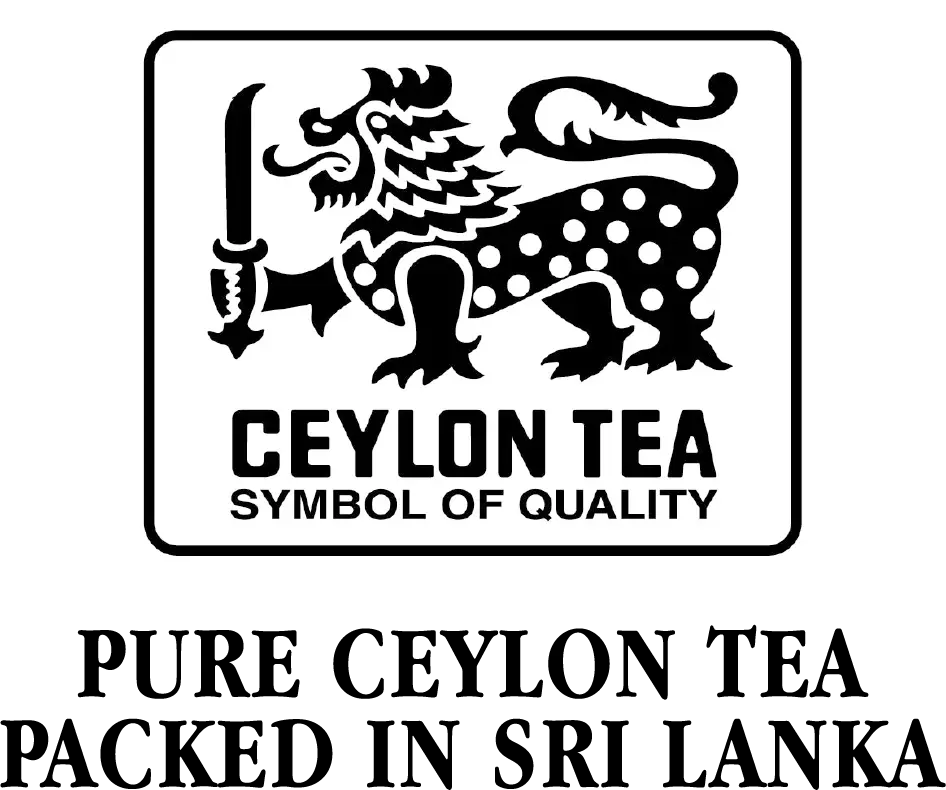
Ceylon tea, celebrated globally for its unparalleled flavor, aroma, and quality, embarks on an extraordinary journey before it graces your cup. This journey begins in the nursery, transitions to the tea fields, and culminates in a meticulous manufacturing process that honors centuries of tradition. Let’s explore the fascinating voyage of Ceylon tea—from its humble beginnings to the final sip of perfection.
The Tea Nursery: Nurturing the Future
The tea nursery is the cradle of every Ceylon tea plant, where young plants are nurtured with care before being transplanted into the lush fields. Two primary propagation methods ensure the consistency and quality of these prized tea bushes: vegetative propagation and seedling tea.
- Vegetative Propagation:
This method involves cloning mature tea bushes with desirable traits, ensuring consistent flavor, aroma, and disease resistance. Healthy cuttings are taken from mother plants, rooted in nutrient-rich soil, and cared for with optimal conditions such as shading, watering, and pest control. Over time, these cuttings develop into young plants, genetically identical to their parents, safeguarding the legacy of premium Ceylon tea. - Seedling Tea:
For a more diverse genetic profile, seeds collected from flowering tea plants are carefully germinated in nursery beds. These seedlings grow into robust young plants, ready to thrive in the fields, adding to the rich biodiversity of Sri Lanka’s tea estates.
The Transition: From Nursery to Plantation
When young tea plants are strong enough, they are transplanted into the open fields—a critical phase in the tea plant’s lifecycle. Preparation begins with enriching the soil, ensuring it is well-drained and fertile. Young plants are gently relocated into pre-dug holes, with careful attention to their roots’ stability.
In their new environment, these plants are mulched, watered, and shaded as needed, enabling them to acclimate. This delicate and labor-intensive process lays the foundation for the thriving tea bushes that will produce Sri Lanka’s world-renowned teas.
The Craft of Tea Manufacturing
The journey of Ceylon tea continues from the plantation to the factory, where tradition and precision converge to create a tea worthy of its reputation.
- Tea Plucking:
Skilled workers hand-pick the tender top two leaves and a bud from each tea bush, ensuring only the freshest, high-quality leaves are harvested. - Withering:
The leaves are spread out to reduce moisture, softening them and enhancing their flavor profile. - Rolling:
Traditional rollers twist and break the leaves, releasing essential oils and initiating the oxidation process that defines the tea’s flavor and color. - Oxidation (Fermentation):
Depending on the type of tea, the level of oxidation is carefully controlled to craft the distinct characteristics of black, green, or white tea. - Drying (Firing):
Hot air dryers halt the oxidation process and preserve the leaves, reducing moisture content to just 3%. - Grading and Packaging:
The dried leaves are graded based on size and quality, then packed to retain their freshness, ready for export or local enjoyment.
The Final Sip: A Taste of Tradition
Every cup of Ceylon tea is a masterpiece—a delicate balance of nature’s bounty and human expertise. From the sunlit hills of Sri Lanka to the comfort of your teacup, each sip tells a story of tradition, craftsmanship, and the timeless joy of a perfect brew.
Whether enjoyed as a morning ritual or a moment of serenity, Ceylon tea connects us to its roots—a rich cultural and natural heritage meticulously preserved in every leaf.




